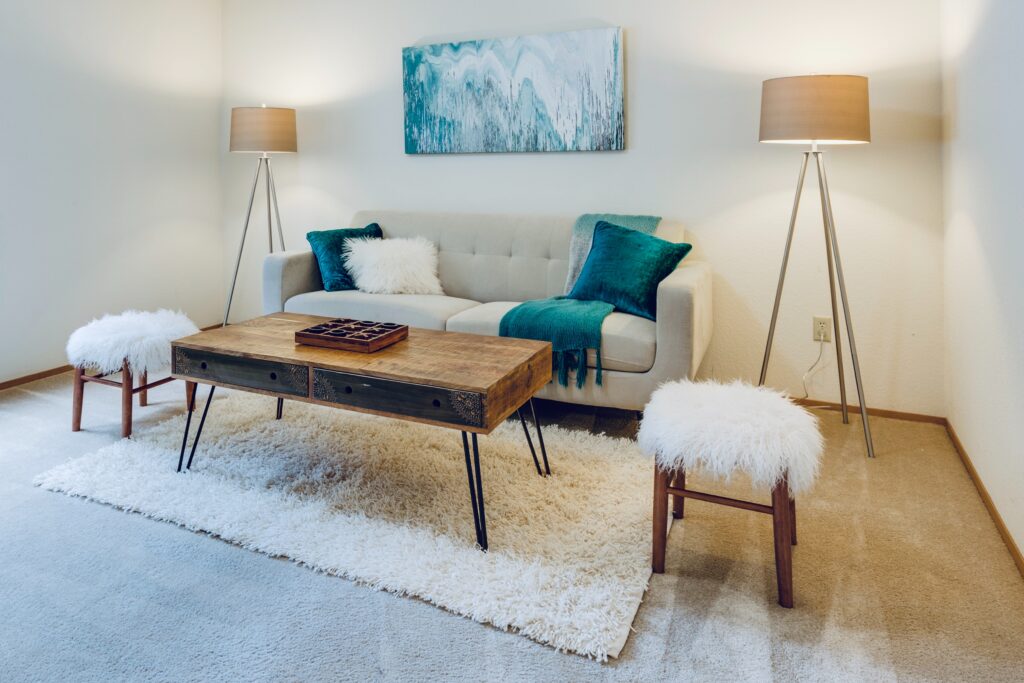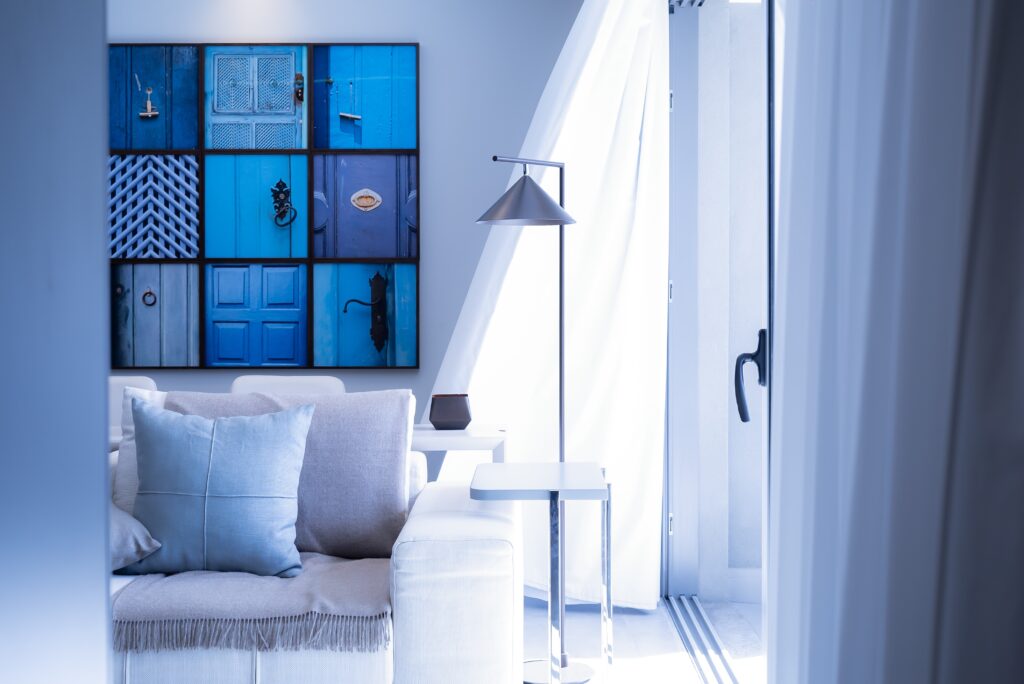Now that you have a property, you need tenants! But what kind of tenants? Do you want short-term or long-term? Month to month or fixed-term lease? Long-term and fixed leases are the most common, then short-term for vacation rentals. In this blog, we’ll discuss the benefits of having month-to-month tenants.
What are Month-to-Month Tenants?
Month-to-month tenants are renters who pay rent monthly to stay on the property without an expiration date. This means the lease doesn’t have a fixed end date and it will automatically renew at the end of each month. Typically, the renters will pay their monthly rent until either party gives a 30-day notice.
Benefits of Month-to-Month Tenants
More control over timing and financial flexibility are the significant benefits to month-to-month tenants. Month-to-month means the landlord can end a rental agreement at any time very quickly and usually doesn’t need a reason to terminate the lease. With month-to-month tenants, landlords have more financial flexibility as the landlord can change the rent easily. This is usually why monthly leases have higher rents than long-term leases. But most renters who enter this lease understand that they’re paying higher prices for the short-term lease. It is a great option for buyers waiting for their house to be built or people testing out living in a new city. There’s flexibility for both the tenant and the landlord.
Drawbacks of Month-to-Month Tenants
We want to be fair and explain both sides before landlords decide this is the leasing option for them. There are some drawbacks to month-to-month tenants like sudden vacancies and uncertainties. When landlords offer a short-term lease like this, they have to be aware that there might be sudden vacancies since the tenant is allowed to leave at short notice. If they want to fill the vacancy, this can be stressful for the landlord (unless you have a property management company like us!). Second and tied in with sudden vacancies are uncertainties like when the landlord will receive rent and finding short-term renters. On top of spending more time and money to prepare the property, advertise the property, screen new tenants, and show the rental (did you know TALK Property Management does all those things for you?).
As a landlord or investor, it’s up to you to choose the best lease option for you and your property. There are benefits and drawbacks to a short-term lease and rental with month-to-month tenants. If you need help discussing your leasing options, contact TALK Property Management!









